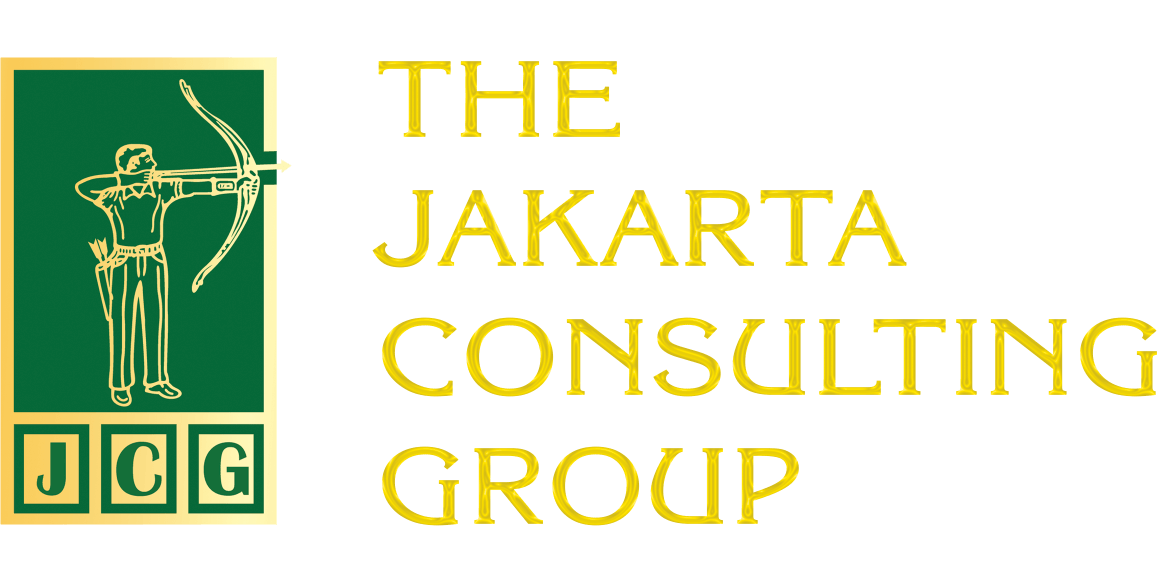Have you ever found a leader who stubbornly persists with existing strategies, policies, and teams even though they are no longer useful in leadership? This means that they can no longer be relied upon for the progress of the organization. This condition is called dead horse syndrome.
According to the wisdom of the ancient Dakota Indians, passed down from generation to generation, when you realize you are riding a dead horse, the best thing you can do is get off the horse. However, many leaders apply a leadership style that is reluctant to admit that existing strategies, policies, and teams are deadlocked and can no longer be expected to bring progress. Instead of giving up, they try various ways to bring the dead horse back to life.
For example, by buying a harder whip, changing riders, threatening to fire the horse, appointing a committee to study the horse, learning to ride dead horses, lowering the standards so that dead horses can be included, considering dead horses as disabled living horses, recruiting people to ride dead horses, tying some dead horses so they can run faster, adding funds and/or training to improve the performance of dead horses, conducting studies to prove whether lighter riders can ride dead horses, rewriting the expected performance requirements for all horses, even promoting dead horses to management
Already Useless, Why Still Try?
Why are the above ridiculous efforts still being made, when they can’t possibly succeed? One reason is that the leaders have already spent a huge amount of money. As a result, they feel sorry to abandon it. Moreover, many leaders don’t want to lose face, aka be embarrassed.
Changing strategy means having to make changes. This makes the leader uncomfortable. Especially if, as a result of these changes, the leader loses the influence and facilities that he has received up to now. It can also be due to pressure. For example, from superiors. In that case, excuses are usually sought so that the strategy is maintained.
What also often happens is that leaders are lulled into past successes. Undeniably, the current strategies, policies, and teams contribute to success. But again, that is the past. Times have changed. What brought success in the past has become the cause of failure today.
The Danger of Dead Horse Syndrome Leadership
Dead horse syndrome certainly endangers an organization. What are the dangers?
First, wasting resources that have been hard-earned. Isn’t it not easy to get money, reliable employees, and the latest technology? Not to mention the time wasted. So, everything is mobilized to finance something that will not boost the organization’s performance.
Second, the obsession with reviving dead horses prevents organizations from adapting to the times. In fact, consumer tastes, technology, economic conditions, and demands on human resources are constantly changing. This failure makes organizations lose competitiveness and become irrelevant.
Third, it frustrates employees because they are constantly forced to implement strategies that are no longer useful, while targets and performance indicators remain unchanged. This makes them stressed and demotivated.

Fourth, it leads to a loss of trust from external parties such as investors, customers, and business partners. Loyal customers will turn away because of a decline in product quality. Investors are reluctant to invest their funds because they question the company’s prospects.
Preventing Dead Horse Syndrome Leadership
No matter how successful, all existing strategies, policies, and teams must be evaluated. This evaluation is carried out periodically. Leaders must also be good at reading future trends, not being complacent with the present. If there are indications that existing strategies, policies, and teams are no longer in line with future trends, changes must be made.
One of the characteristics of a good leader is the courage to admit mistakes, being ready to correct them by looking for a more suitable strategy. Indeed, in responding to rapid change, it is most appropriate to be flexible, both in thinking and acting.
It is no longer the era of leaders who think they know best. They must be open to criticism, advice, and opinion. As long as they have leadership qualities, this does not diminish their authority as leaders.
As mentioned earlier, one of the reasons leaders keep failing projects is that they have already spent large resources. But keep in mind, this leadership style creates a greater risk that will happen if the failure is continued. Leaders should focus more on real results rather than maintaining something just because it has already been implemented.
Learning from History
Historically, many companies have been caught in the dead horse syndrome. One of the most popular examples is Nokia. Nokia became the most successful cellphone manufacturer in the 2000s. However, it seems that they got complacent. Nokia stuck with Symbian OS and a hardware-focused strategy even as the iOS and Android ecosystems grew rapidly. The company ignored consumer demand for smartphones with better app ecosystems. And then? We all know what happened to Nokia.
Another example is Blackberry. In the late 2000s, Blackberry was a leader in cell phones for business users but failed to recognize the growing demand for touchscreen smartphones. The Canadian company continued to invest in physical keyboard-based devices and refused to change until it was too late. By the time they introduced competitive touchscreen models, Apple and Android had already dominated the market.
#dead horse syndrome #change #resources #competitiveness #demotivation #leaders #Nokia #Blackberry #Leadership
Related Posts:
The Rise of Fractional Leadership: Executives Who Work Part-Time for Multiple Organizations
Micromanaging vs Empowering: Leadership Styles that Transform Engagement into Empowerment
Buzzword Leader vs. Truly Engaged Leadership
The Need for Charismatic Leadership in Business Transformation?
How to Quickly Improve Successor Competence Through Effective On-the-Job Training











